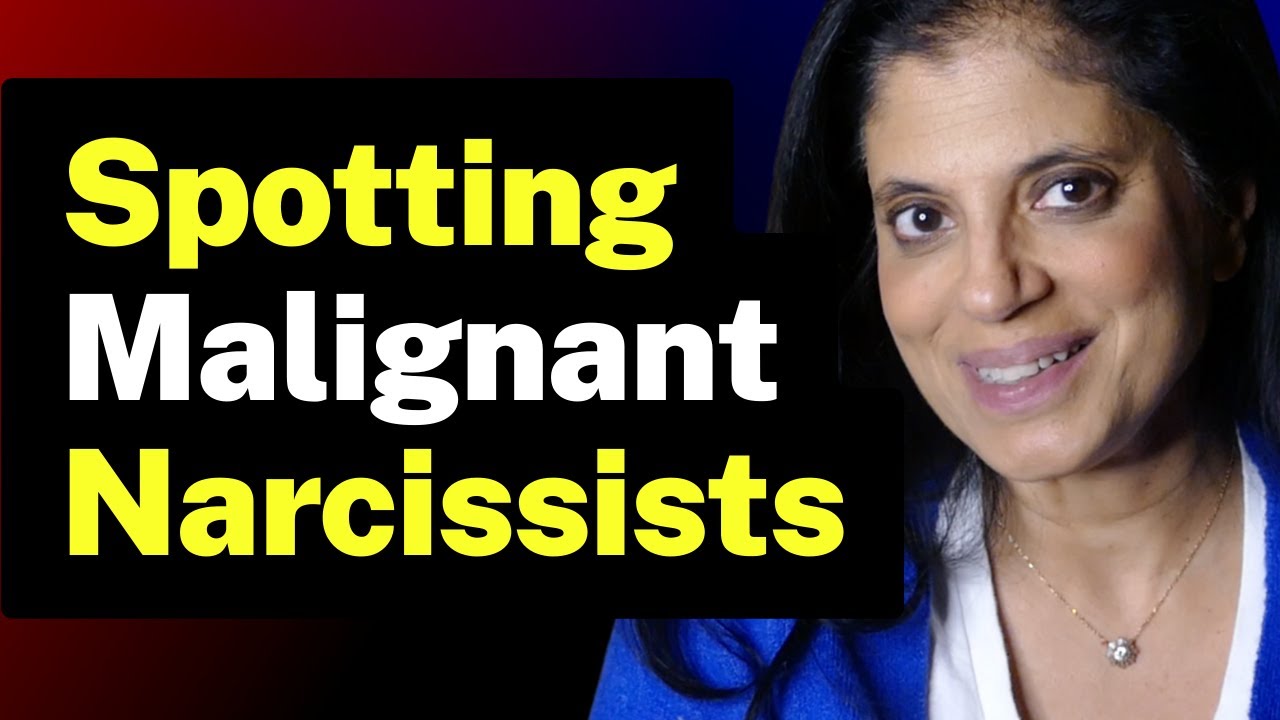“Unmasking the Charming Manipulator: How to Identify the Psychopathic Narcissist Hiding in Your Relationship”
Ever wondered what type of narcissist you might be dealing with? You know, like when you think you’re having a casual conversation, only to realize you’re tangled in the web of someone’s exaggerated self-love? Dr. Ramani Durvasula breaks down the complex spectrum of narcissism, identifying six distinct types ranging from the ever-so-enigmatic ‘grandiose narcissist’ to the more melancholy ‘self-righteous narcissist.’ However, brace yourself, because she identifies a particular breed of narcissist that might just send shivers down your spine—the ‘malignant narcissist.’ In an enlightening discussion on *Mayim Bialik’s Breakdown*, Dr. Durvasula made it clear that this type is essentially the “last stop on the train before psychopathy station.” Talk about a terrifying ride! So let’s delve into her insights on what sets malignant narcissists apart, how to recognize them in everyday life, and the behaviors you should keep an eye out for. For those who find themselves in the presence of such individuals, Dr. Durvasula’s wisdom may just be the navigation tool you need. LEARN MORE.
A doctor who described the six typical types of narcissist that you might encounter talked about how to spot the type which she considered to be closest to a psychopath.
Dr Ramani Durvasula explained that narcissism was a bit of a spectrum and that there were six main ways it manifested.
Ranging from the ‘grandious narcissist’ to ‘the self-righteous narcissist’, some wanting to be the centre of attention and be seen by others as great people while others would be more sullen and self-pitying.
However, last on the list was one type that Dr Durvasula said on Mayim Bialik’s Breakdown that she always said is the ‘last stop on the train before psychopathy station’.

Dr Ramani Durvasula said that ‘malignant narcissism is the last stop on the train before psychopathy station’. (YouTube/Dr. Mayim Bialik)
The doctor explained that that they were ‘the most severe manifestation of the narcissistic personality’, and you got a malignant narcissist ‘at the severe end’ of things.
She said: “The malignant narcissist is all the qualities of the narcissist, but here we see far more severe manipulation, coercion, exploitativeness, isolation, menace is always sort of hanging out there so it’s terrifying.”
As for how to spot them, she laid out in a video on her own YouTube channel what you’d need to be on the lookout for.
She explained that all narcissism shared the ‘same base’, insofar as including ‘little or limited capacity for empathy, entitlement, grandiosity, validation seeking, arrogance, superficiality’.
However, she said that there were other patterns which cropped up far more with a malignant narcissist including ‘exploitativeness, manipulativeness, coercive control and a sense of being very controlling’.

A malignant narcissist was at ‘the severe end’ of narcissism. (Getty Stock Photo)
She said there was a ‘meanness and a menace’ to malignant narcissists that wouldn’t come through as much with other kinds of narcissist, adding that ‘they lie regularly to suit their purposes’ as well as protecting ‘their fragile egos’.
The doctor added that in malignant narcissists, there were patterns that experts also saw in people with psychopathy, and that they may pursue ‘addictive or compulsive behaviours’ such as drug abuse, gambling, shopping and pursuing plenty of sex.
Dr Durvasula said a malignant narcissist would have an ‘obsessive focus on the things that bring them power and pleasure’, which meant they actually could end up being quite successful in life, and they could be ‘so confident and almost fearless’ that they could end up coming off as charismatic.
However, spotting narcissism and being certain about it in someone was very hard to do as narcissistic behaviours were ‘hard to isolate’.
She added that a ‘lack of self-reflective capacity’ meant a lot of people who might be narcissists wouldn’t think of themselves as such, but suggested that about one in six members of the public had something of a narcissist about them, but when looking for the more serious cases that figure dropped to ‘about one in 10’.
The doctor encouraged people to ‘forget the term and focus on the behaviour’ when trying to spot red flags in people, saying that even if they had ‘a long string of rationalisations’ for how someone was acting they didn’t justify bad behaviour.












